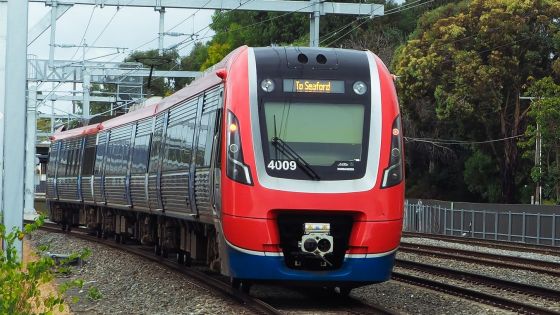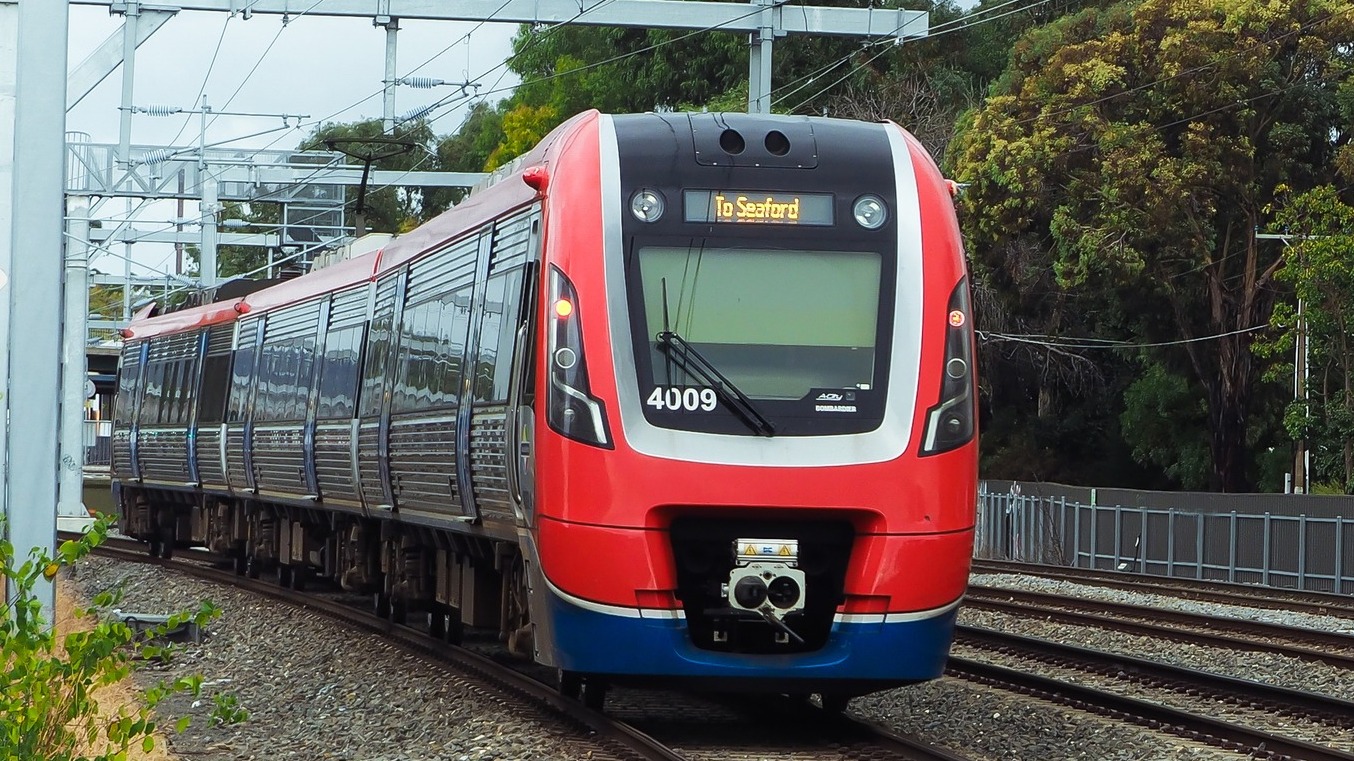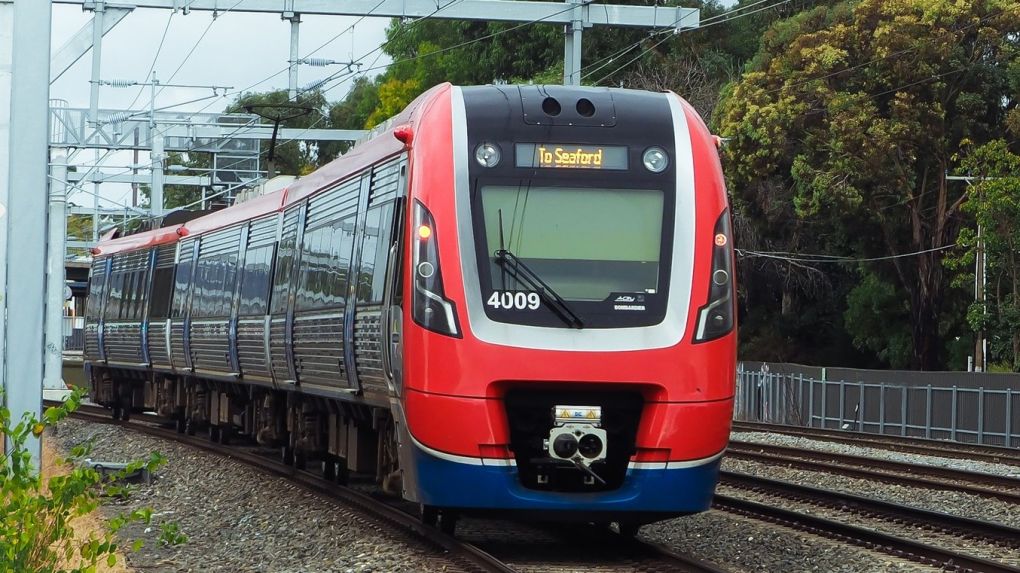Rail safety on track as near-misses drop
Monday 8 September 2025

Latest Adelaide Metro data shows near-misses and collisions are on a downward trend, a promising sign that the safety message is sinking in around busy train and tram lines.

Near-misses and collisions across South Australia’s metro and regional rail network have dropped by close to 50 per cent, with 79 incidents reported so far this year, down from 146 the same time last year.
Whether you live near train tracks or not, understanding and practising rail safety is essential for everyone. Across South Australia there are 555 public road level crossings and 471 pedestrian level crossings.
While the drop in rail incidents is a pleasing result, far too many people are still ignoring the warning signs and dicing with death.
One incident of concern was captured in April 2025, where a train and car collided at the intersection of South Road and Cross Road. The dramatic vision of the incident has been released to show the dangerous consequences when drivers are unaware of their surroundings, putting themselves and others at risk.
Thankfully in this instance, the train driver spotted the car and activated the emergency brake. Their quick-thinking action meant the motorist of the vehicle was able to walk away with only minor injuries.
An essential part of rail safety is the education and training that train drivers go through, both technical and practical. As part of their ongoing training, each driver is required to complete an assessment in a train simulator, a high-tech system that can produce different situations and environments that drivers must respond to.
Housed within a modified train cabin at Dry Creek, the trainee is surrounded by digital screens that simulate the real world. To make the training as realistic as possible, the entire Gawler and Seaford train lines have been digitised, meaning that every station, landscape and track is accurate.
In the past four years, more than 160 new drivers have been trained using the simulator, helping prepare them for all types of scenarios.
Following train operations coming back into public hands earlier this year, the Department for Infrastructure and Transport has recently become a nationally recognised training organisation. This certification allows all Adelaide Metro staff to obtain high-level safety and competence training certification, which is needed to operate a train.
Around 108 rail cars are used across the train and tram network helping transport close to 60,000 commuters each weekday.
A typical passenger train weighs around 140 tonnes and can travel at speeds of up to 110km/h. If an emergency brake is activated a train at full speed needs 470 metres of track to be able to stop safely. Freight trains, which can weigh up to 10,000 tonnes, need more than one kilometre of track to stop.
Motorists caught disobeying safety instructions or obstructing level crossing infrastructure can be fined up to $2500.
